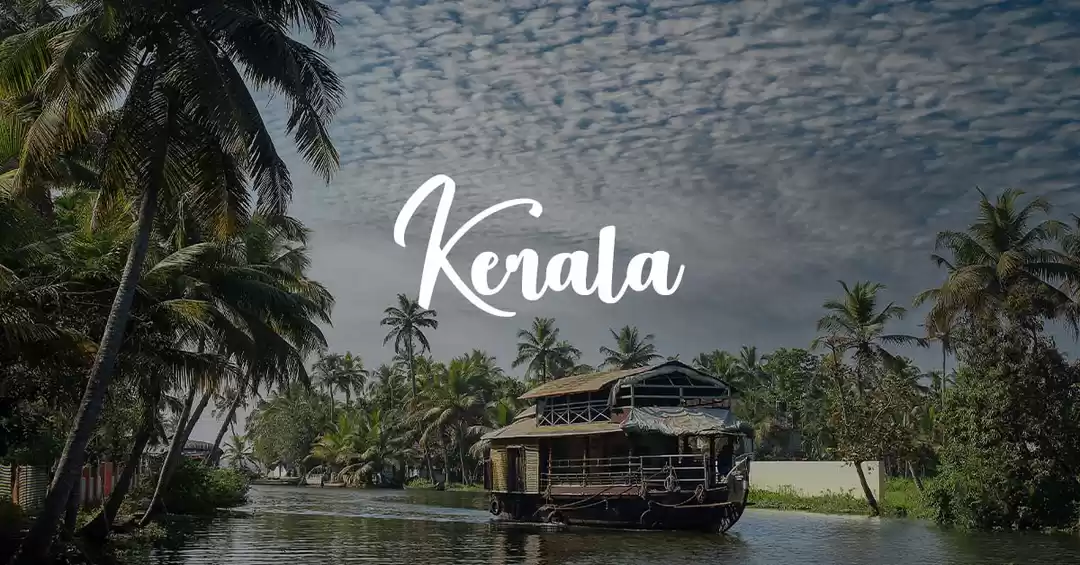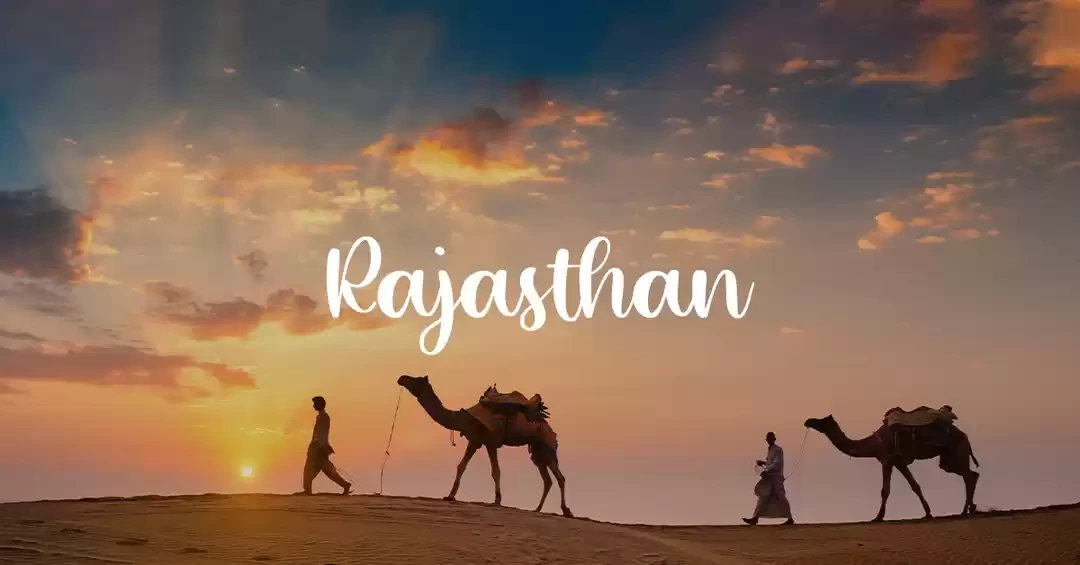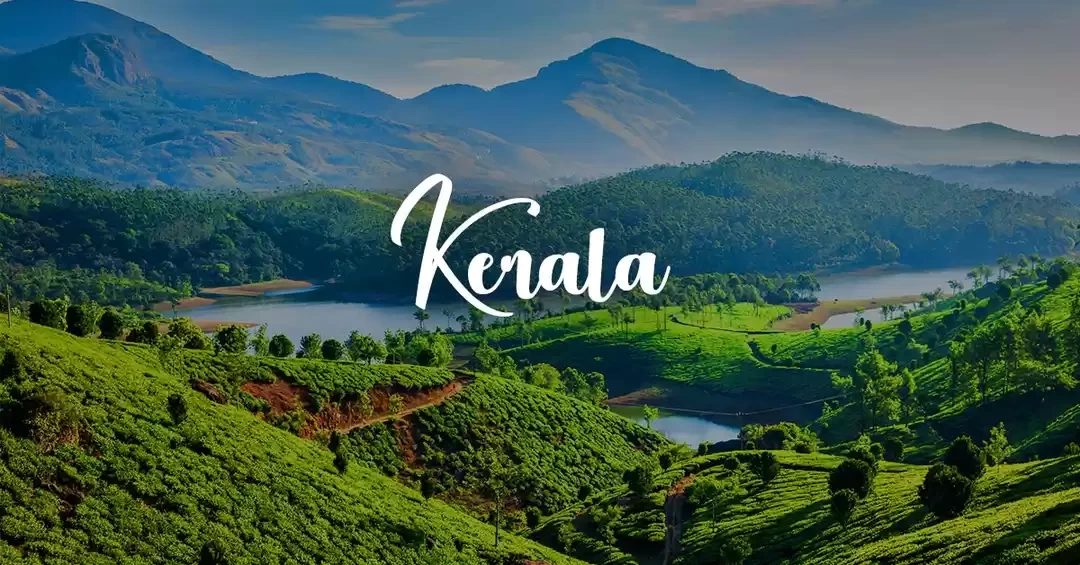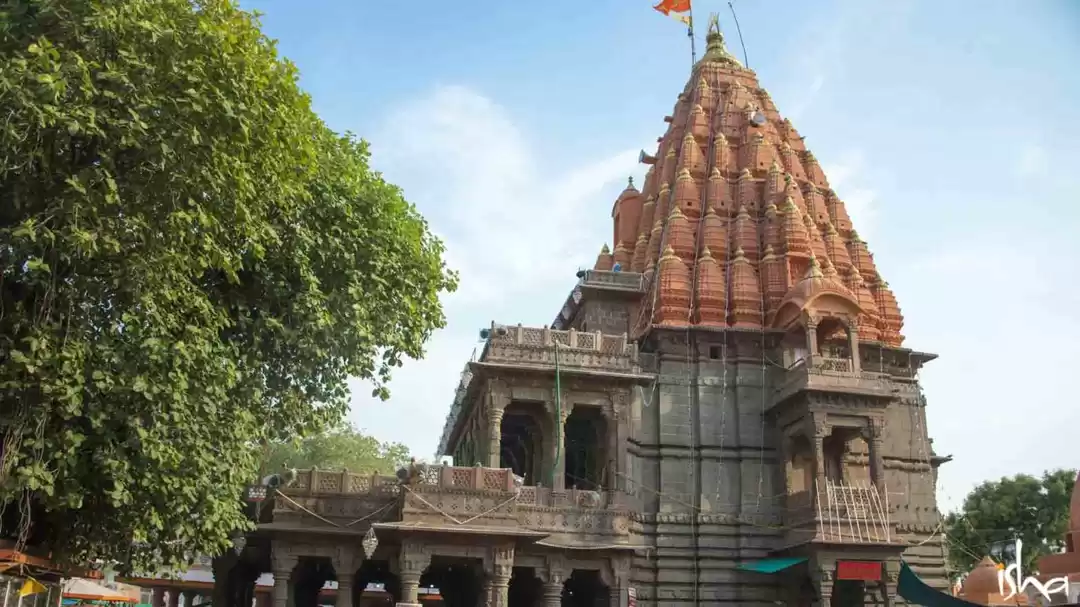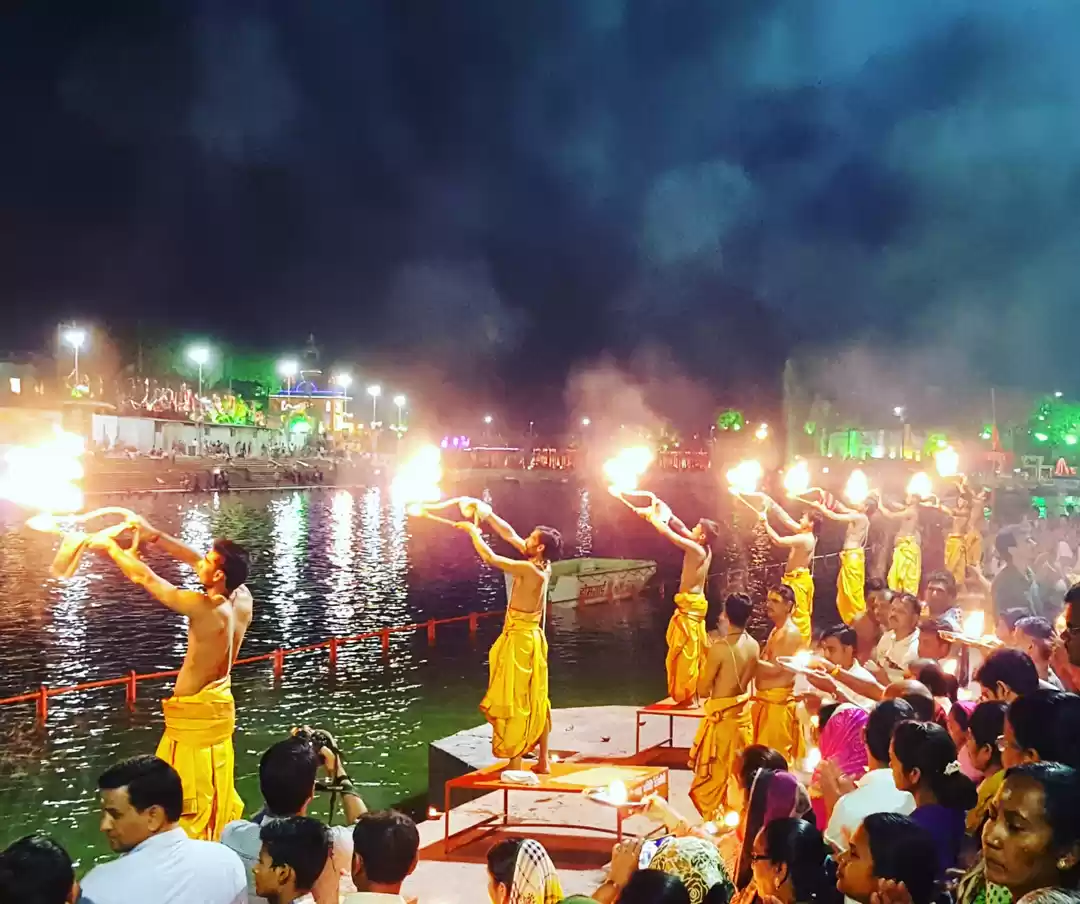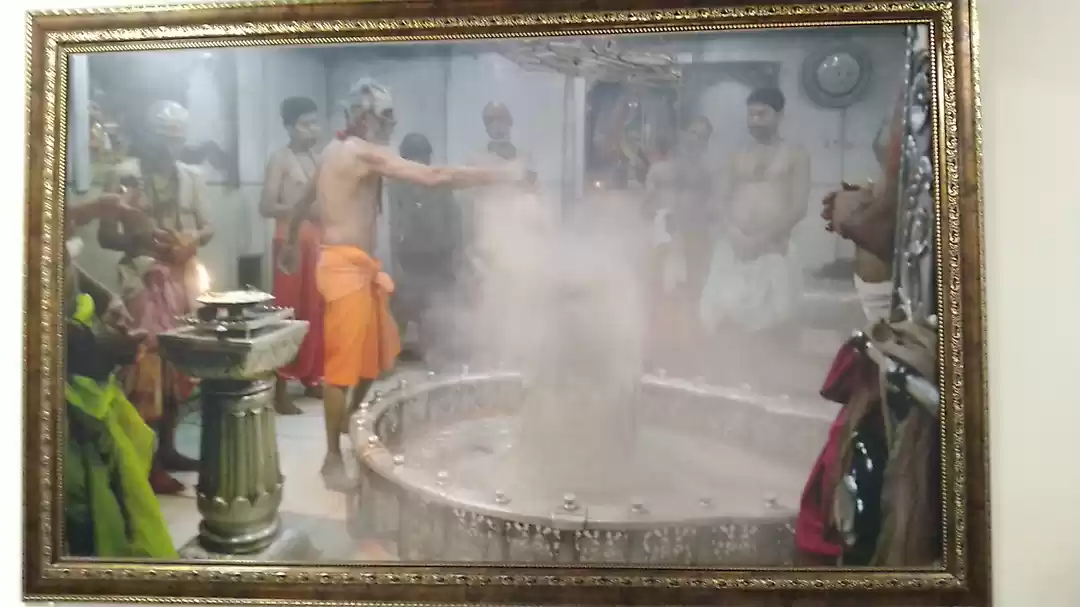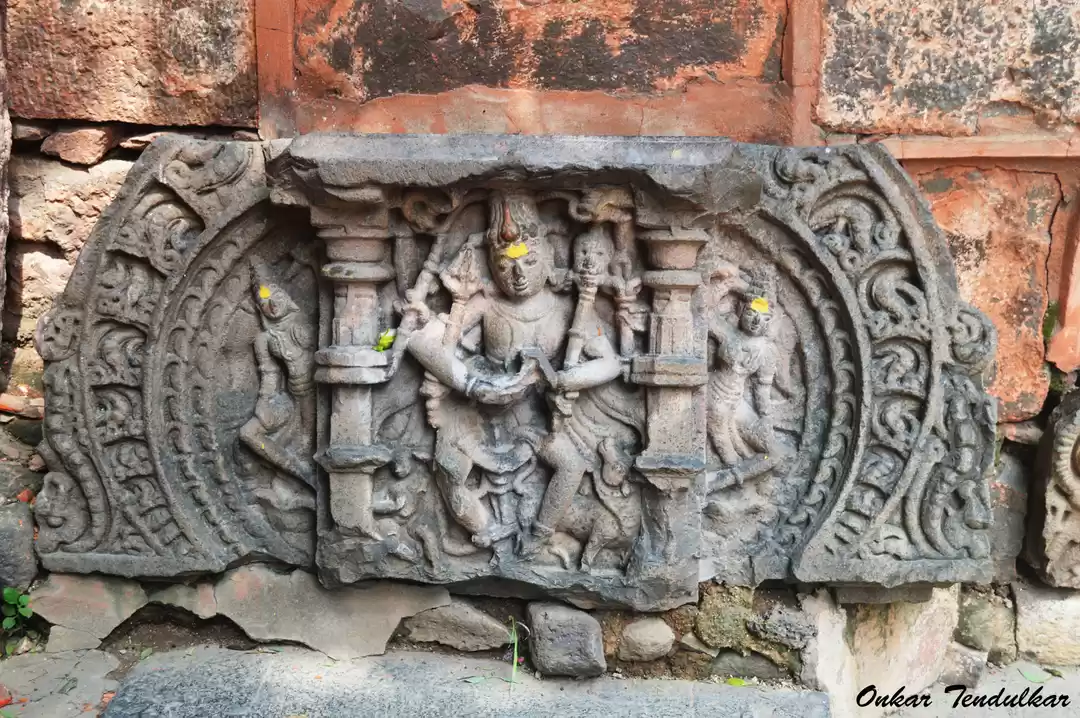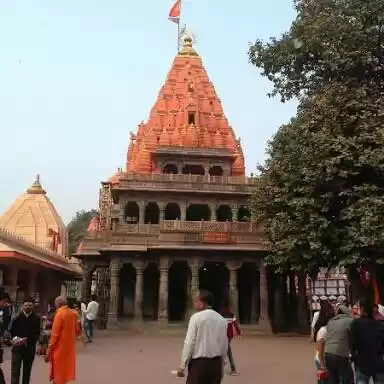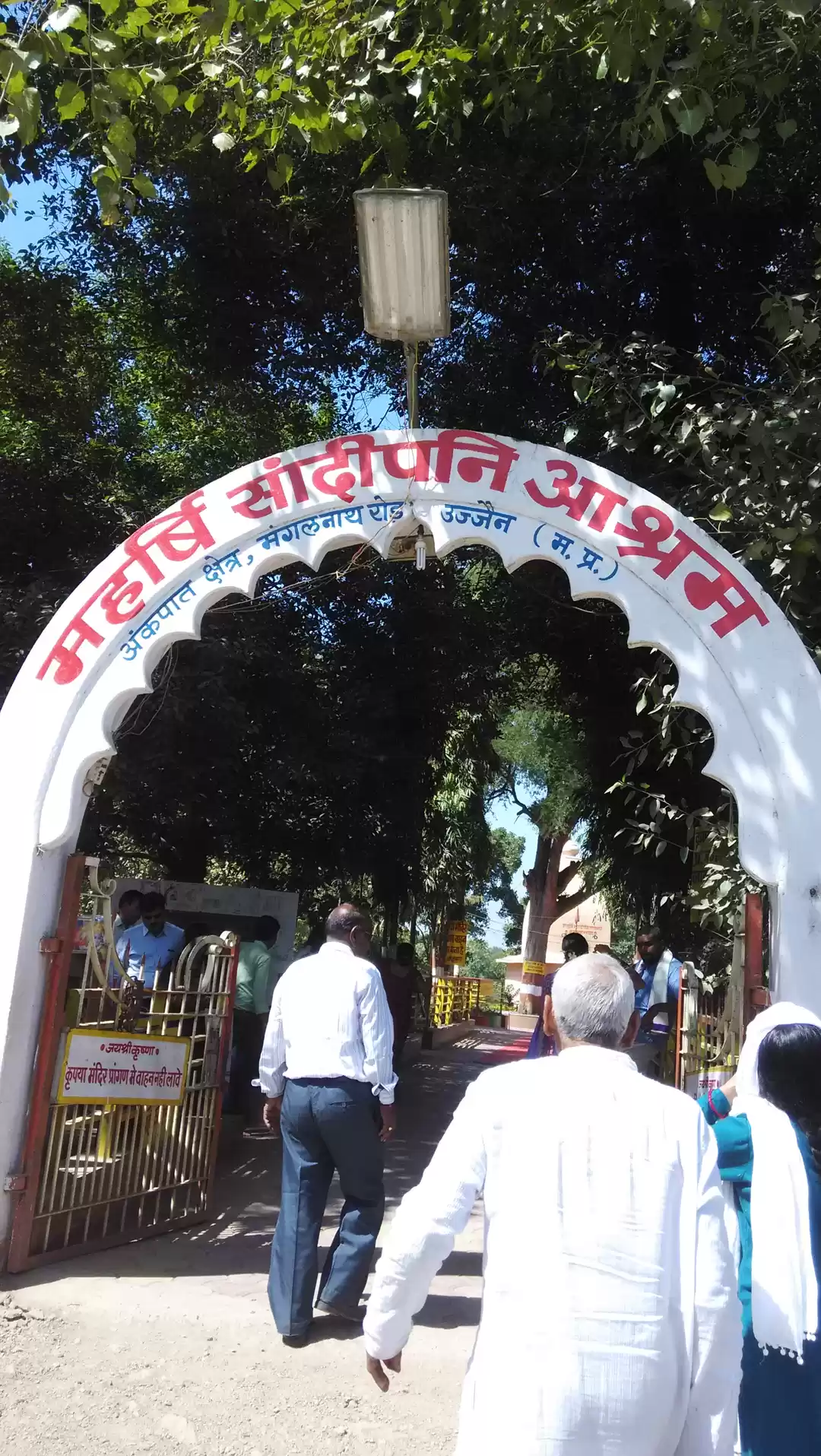Ujjain in the center of the earth – navel of Mahakal (Lord Shiva). The Tropic of Cancer passes through it and it was the ancient hub for astronomical and mathematical works.
At the center of Ujjain is the Mahakaleshwar Jyothirlinga temple. The linga is a Swayambu, which means that Lord Shiva appeared himself, and the linga was not consecrated by mantras or prana prathista. This is the reason why any devotee with the right preparation will be blown by the magnificent energy of Lord Mahakal in the temple.

According to the ancient scripture Sthalapuranam, King Chandrasena was an ardent devotee of Lord Shiva. Chandrasena used his land's revenue to spread knowledge and spirituality. However, he was attacked by people who wanted to destroy Ujjain's culture, which had become a city of devotees and seekers of knowledge. Shiva appeared to Chandrasena in the form of Mahakala and destroyed his enemies. The ground split near the statue of Parvati and Lord Shiva came out of it as Mahakaal. He burnt the evil with just one grunt. Chandrasena's devotees Shrikhar and Vridhi asked Shiva to stay in the city and become it's chief deity, protecting it from it's enemies. Adhering to the request, Lord Shiva then decided to stay there as the chief deity of Avantika (Ujjain).
The Mahakaleshwar temple is famous for the early morning Bhasma Aarthi daily ritual – an Aarthi performed with the ashes obtained from the ghats besides Kshipra river. Between 3 to 5am every day, the devotees are allowed to witness the Abhishekam, Alankar (decoration) and Bhasma Aarthi (4.30am). The Bhasma (ashes) are offered to the linga in this way in no other temple across the planet and it is a divine and mesmerising experience. Tickets can be purchased for the Bhasma Aarthi online in advance.
The Mahakaleshwar temple compound is now part of the
Mahakal Lok (which seems like a world of its own) with tens of massive statues depicting different legends from our Puranas.


The Mahakal Lok corridor also has the entry to the
Bharat Mata (Mother India) mandir- a beautiful temple dedicated to our mother Goddess.

The Harsiddhi Shakthipeet Devi temple is located around 500m from the Mahakaleshwar temple. When Devi Sati immolated herself in King Daksha’s (her father's) yagna fire in anger, Lord Shiva devastated was in Rudra Tandav carrying Sati in his arms. Fearing that this would destroy existence, Lord Vishnu with his Sudarshan Chakra cut Devi Sati’s body into 108 parts which fell on different regions of Bharath. The elbow of Devi Sati fell here. Every single Shakthi Peet temple (where Sati’s parts fell) radiate intense energy and the Harsiddhi temple is no different.


Every evening at 6pm, a major celebration of lamp lighting, chanting and dance happens and is definitely a do-not-miss experience.

The Mano Kamna Siddh Hanuman temple is located at the exit of the Harsiddhi temple. This temple is known to fulfill the wishes (Mano Kamna) of devotees.
The road connecting the Mahakaleshwar temple to the Harsiddhi temple also has the famous Bade Ganesh mandir which has the largest Ganesh deity in Ujjain. The temple also has a pancha Mukhi (5 faced) Hanuman.


The Char dham mandir is located very close to these temples. If someone aspires to have a darshan of the replicas of the Char Dhams (the 4 holy abodes – Dwarakadeesh of Dwaraka, Rameshwaram shiva linga, Narayan of Badrinath and Jagannath of Puri) along with the twelve Jyotirlingas in one place and under one roof, this special temple located on the west of Rudra Sagar lake [ opposite side of Mahakaleshwar Jyotirling Temple ] is the place to be. A cave like structure leading to a tunnel will also give one a feeling of Vaishno Devi and a glimpse to a host of other deities.


Ram Ghat along the Kshipra river
At a distance of 3 km from Ujjain Junction, Ram Ghat or Ram Mandir Ghat is a bathing ghat on the banks of Kshipra River. It is one of the famous Ghats in Ujjain, and among the must-visit places during your Ujjain Darshan.
Ram Ghat is of immense religious significance to Hindus as it is one of the four locations where the Kumbh Mela takes place every 12 years.
As per our historic writings, the Devas and Asuras together churned the ocean of milk for Amrit (the nectar of immortality- immortality does not mean that we would want to live on earth forever, it means that anyone who consumed the amrit would go beyond the cycles of birth and death). Lord Vishnu transformed himself into a tortoise who went to the base of the ocean and Mount Mandar was placed on top of the tortoise. The serpent king Vasuki (Lord Shiva’s snake) twisted itself around the mountain to work as a rope which would be pulled by Devas on one side and Asuras on the other to churn the Amrit. The churning of the ocean produced a deadly poison which Lord Shiva agreed to consume to successfully complete the churning, but Goddess Parvati stopped the poison from entering his body by blocking it in his throat. His throat hence turned blue and thus Lord Shiva was given the name “Neelkant” (blue throat).

Once the pot of Amrit was ready, the Devas and Asuras began to quarrel for the same though it was initially decided that it would be equally distributed. The asuras began to chase the devas who carried the Kumbh. During the chase, some drops of amrit fell on 4 places, namely, Prayagraj, Haridwar, Ujjain and Nashik.
These 4 places have thus derived the divine powers. The fight between the devas and asuras went on for 12 divine days – which is equal to 12 years on earth. Thus, the Purna (complete) Kumbh Mela is celebrated once every 12 years – it rotates every 12 years at each of the 4 places Prayagraj, Haridwar, Ujjain and Nashik. It is believed that during this period, the rivers turn to Amrit and hence pilgrims from all around the world come to bathe here.
The Maha Kumbh Mela is held only at Prayagraj, once every 144 year or 12 Purna Kumbh Melas.
The Purna Kumbh Mela is held every 12 years, the Ardha (half) Kumbh mela is held every 6 years (at Prayagraj or Haridwar) and the Kumbh Mela is conducted every 3 years. The Kumbh Mela location rotates at each of these 4 places.
In Kumbh Mela, there is ritual that the first bath is led by the saints and aghoris. This bath is called the Shahi Snan of Kumbh and it starts at 3 a.m. Only after the Shahi Snan, the common people can bathe in the holy river. The Shahi Snan at Ujjain happens at the Ram Ghat.
It is considered to be one of the oldest bathing Ghats in connection with the Kumbh celebrations. Regarded as one of the largest religious festivals in the world, the Kumbh Mela holds great importance among the followers of Hinduism, which is evident from the fact that almost 2 crore people attend the mela.
The evening Kshipra Aarti is one of the best attractions at Ram Ghat. There is a wide range of temples located at the ghat, out of which the temple of Chitragupta is the most revered one. Watching the sunset from the Ram Mandir Ghat is one of the most enchanting scenes you'll experience.
When we drive towards the North of Ujjain (around 6-7km away from the center Mahakaleshwar mandir), Ujjain has a host of other significant and ancient temples and ashrams.
The first one is the Sandipani Ashram where Lord Krishna, his brother Balaram and friend Sudama lived and studied. Maharishi Sandipani was their Guru and Lord Krishna learnt the Vedas, Upanishads, Puranas, Upavedas like Dhanurveda (war), Shilpaveda (architecture), Gandharveda (dance and music) and Ayurveda (medicinal science) here. The ashram houses beautiful paintings on ancient Gurukul education and its completeness. There is also a stone where numerals 1 to 100 found engraved and is believed to be done by guru Sandipani himself. One of the temples situated here, called Sarveshwar Mahadev, houses a 6000-year Shivlinga with Shesnaag is in its natural form, and is believed to be worshipped by Guru Sandipani and his disciples. The ashram also has a huge, stepped tank called Gomati Kund, in which Lord Krishna summoned all the holy water from the holy centers so that Guru Sandipani finds it easier to get the holy water.




A couple of kilometers from the Sandipani ashram is the Mangalnath mandir – a temple dedicated to the planet Mars. The temple is located on the banks of the holy river Kshipra. According to the Matsya Purana, the Mangalnath mandir Ujjain is the birthplace of Mars. Devotees throng the temple to perform Mangal dosha (obstructing a happy marriage) pooja for themselves. Mangalnath temple is dedicated to Lord Mahadev because according to mythology it is said that when battling a demon a drop or perspiration of Mahadev fell here and it gave rise to a Shiv linga and the Mangal planet was born.



The Siddhavat temple and Ghat is located very close to the Mangalnath temple. The pooja in this temple is conducted mainly for the tree that Devi Parvati had planted thousands of years ago. The temple is located along the Kshipra river and sitting on the Siddhavat Ghat offers absolutely calmness and peace to one’s soul. The pandits also perform Pind pooja for our ancestors at the Ghat.


The Kaal Bhairav mandir is a very significant temple of Ujjain. Kaal Bhairav is the Kshetra Pal (guardian) of Ujjain. It is said that one who visits the Mahakaal temple must also visit the Kaal Bhairav temple to receive complete blessings of Lord Mahakaal, else it is incomplete. Liquor is offered to the temple deity as one of the five tantric ritual offerings known as panchamakara.


The Gadkalika Devi mandir is a Shakthi peet (where one of Devi Sati’s part has fallen and hence the temple is energised and consecrated). Devi Sati’s upper lip fell at this location. As with any other Shakthi peet, the energies of the temple are exuberant and striking and would take any meditator into a trance.


The Vaibhav Mahalaxmi mandir dedicated to Maha Lakshmi and the Shree Sthriman Ganesh mandir are located on the same lane as the Gadkalika mandir. Though small, these temples have a beautiful vibe.
Again on the same road but a couple of kilometers away, you can find the Samadhi of Matsyendranath – a saint/yogi who was one of the important revivalist of Hatha Yoga and was also the author of great books on Hatha Yoga. He was one of the 84 maha siddhas, the guru of Gorakshanath, and regarded as an incarnation of Avalokitesvar by the Buddhists. When we sit beside the samadhi (tomb) of the saint, divine energies are definitely felt as with other jivas who have attained mahasamadhi by leaving their body at their will.

The Bhartrhari Gufa (cave) is located a km from here. King Bhartrhari, brother of King Vikramaditya was a great 5th century king of Ujjain. It is said that Raja Bhartrhari was out for a hunt one day and he saw a woman jump into the pyre of her husband (sati) as her grief would not let her stay alive. Raja Bhartrhari was moved and this incident stayed in his mind. When he returned to his palace, he told the story to Rani Pingala and asked her if she would do the same. Rani Pingala said that she would die on hearing the news itself and there would be no chance of her staying alive until the funeral ceremony. Raja Bhartrhari decided to test her and went on a hunt once again and sent the news of his death back to the palace. The Maharani died on hearing the news as she had promised and Raja Bhrithari was grief-stricken. Guru Gorakhnath heard about the grief of the King and came to help him overcome his grief. It is said that Guru Gorakhnath created 750 copies of Rani Pingala to demonstrate the illusory nature of the world to Raja Bhartrhari. Even though Rani Pingala was brought back to life, Raja Bharthari decided to renounce the world and became a follower of Guru Gorakhnath. Raja who then turned a Sage, meditated in the Bhartrhari Gufa for 12 years. There is also said to be a secret path to the Char Dham temple area from this gufa.

The Tileshwar Mahadev mandir and Rinmukteshwar Mahadev mandir are one of the 84 Shiva mandirs in Ujjain. Ancient and divine, devotees can perform abhishek for the Shiva ling here. The Rinmukteshwar is located along the Kshipra river and one can be seated on the ghat to experience the calmness and beauty of the river.


On the return from the North temples and moving back to the center of Ujjain, we find the Gopal Dwarakadeesh Mandir. Situated in the middle of the bustling Big Market Square, it is one of the popular places of pilgrimage in Ujjain. The Gopal Mandir is dedicated to Lord Krishna. The temple was built in the 19th century by Bayaji bai Shinde, the wife of Maratha King Daulatrao Shinde in the 19th century. Gopal Mandir is the second largest temple in Ujjain after Mahakaleshwar. Exhibiting a brilliant specimen of Maratha architecture, the temple is a marble-towered structure. The temple houses a two-foot-tall silver gilded statue of Lord Krishna placed on a marble-inlaid altar with silver-plated doors. It is said that the silver-plated doors that had been stolen by Mahmud Ghazi from the Somnath Temple were taken back to Lahore by Mahmud Shah Abdali who was an Afghan invader. After a long struggle, the doors were recovered and were installed at the Gopal Mandir. Besides, the temple also features idols of Lord Shiva, Parvati, and Garuda. Janmashtami and Harihar Parva are celebrated with great pomp in this temple complex. The festival of Harihar Parva marks the meeting of Lord Krishna (Hari) and Lord Shiva (Har). Lord Mahakal (from the Mahakaleshwar temple) arrives in the temple at the stroke of midnight to visit Lord Krishna. The grand puja continues for 2 hrs.


Around 6km from the center of Ujjain (towards Indore), is the Shani Navagraha mandir. The temple is located along the Triveni ghat (convergence of holy rivers Kshipra, Gandaki, and Saraswati). Standing strong for over 2000 years, the Shani Mandir in Ujjain is India's first Navgraha mandir and the only Shani temple in the world where Shanidev has been idolised as Lord Shiva. Amavasya nights are given special importance at the temple with thousands of devotees offer more than 5 quintals of oil to the lord. Saturdays are also considered to be auspicious for a visit to this temple since it is considered the day of Shani. Shani is known to be the God of justice and known for giving wealth and prosperity to those who are known to do good deeds and bring punishment on the ones that do evil deeds.

UJJAIN as we can see in this blog is not just a city but one of the holiest cities in India. Every corner of the city is filled with energised and consecrated locations. Ujjain is not only heaven on earth for Shiva bhakths but the aura of the city if captivating for one and all.
Jai Mahakal!





